Posted in January 2015
Delft’s first microbiologist – Antonie van Leeuwenhoek
Although the Delft School of Microbiology only dates back to Martinus Beijerinck and the late 19th century, it seems churlish to ignore Antonie van Leeuwenhoek on a blog discussing Delft microbiology just because he was 200 years too early. He was not a teacher and indeed actively resisted explaining his methods, but he did publish copiously about everything he saw with his magnifying glasses and simple microscopes, making him the first microbiologist (although not the first microscopist).
Today, van Leeuwenhoek is generally mentioned in connection with the discovery of microorganisms. However, his studies were much broader than that. He dissected insects, and examined anything that would fit on his microscope. His first letter to the Royal Society illustrates this clearly as it covers the sting, head and eye of the bee, and the structure of a louse as well as his observations of fungus that he said grew on leather, meat and other things.
Van Leeuwenhoek’s microbiological discoveries began in 1674 when he examined samples from the cloudy water of the Berkelsemeer, a lake near Delft that no longer exists, and found his famous “little animals”. His discovery of bacteria probably dates from his pepper water experiments in 1676, when he reported seeing extremely small animals among the others – a copy of the drawing that accompanied this letter was published by Henry Baker, and is shown here. “Fig IV” is probably the first appearance in print of a bacterium.
- Bright field microscopy of living protozoa
- Dark field microscopy of algae
- Facsimiles of van Leeuwenhoek microscopes
The film clip here – www.youtube.com/watch?v=OniSF8QrHac – shows what can be seen with facsimiles of van Leeuwenhoek microscopes.
And there’s an excellent website about our Founding Father here: http://lensonleeuwenhoek.net/
Brendel flower models
The collection includes about 20 of the flower models made by Robert and Reinhold Brendel in the late 19th and early 20th centuries. The models are made from papier-mâché with other materials including plaster, glass beads, wood, cotton and rattan added to give detail or texture. They can be taken apart to reveal internal details (although they’re not always simple to put back together again). The Brendels were advised on the accuracy of their models by various Professors, depending on what the particular model was intended to show. As well as plants, models of fungi, yeast and bacteria were eventually included.
Dealers included the models in their own catalogues, but Delft has the only known surviving Brendel catalogue, issued in Berlin in 1913.
The Delft School of Microbiology Archives
The “Delft School of Microbiology” is based on the work of our first three biological Professors – Beijerinck, van Iterson and Kluyver. The Archive is a collection of their papers, teaching aids, furniture and other materials and functions as a small museum in the Department of Biotechnology.
At the moment, the collection is being digitised and catalogued. This blog will report on some of the interesting and sometimes unexpected things to be found in the collection.
We’ll also cast an occaisional glance at our honorary member, the original Delft microscopist and microbiologist, Antonie van Leeuwenhoek.

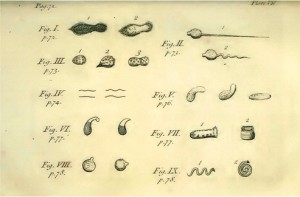

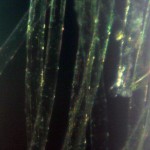

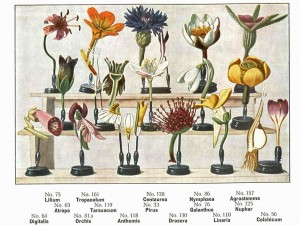
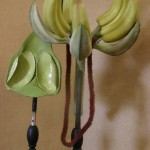
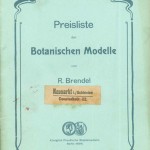
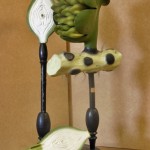
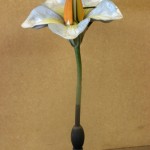
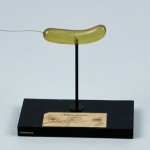
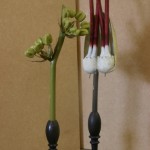
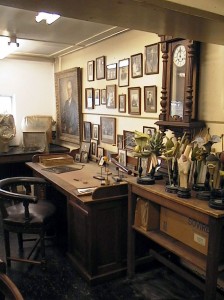
Recent Comments